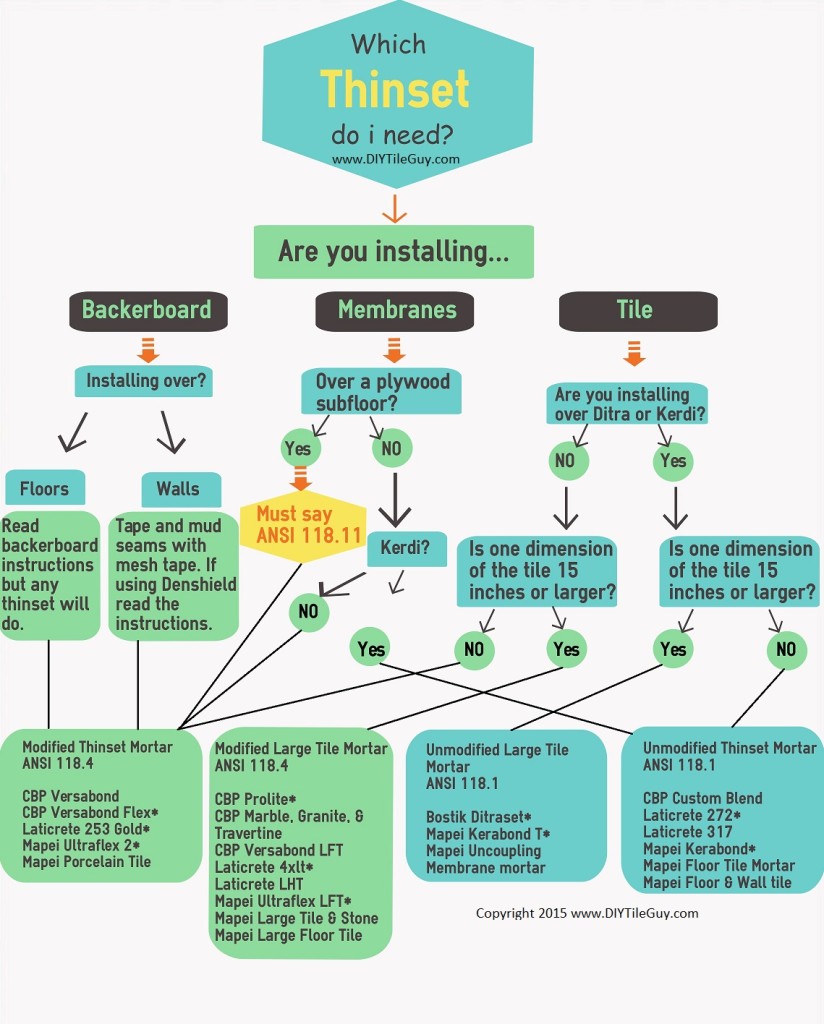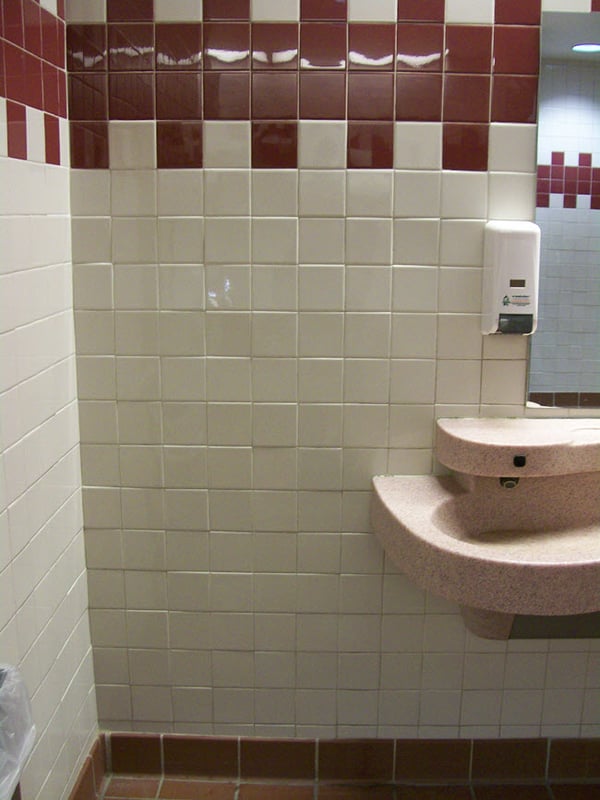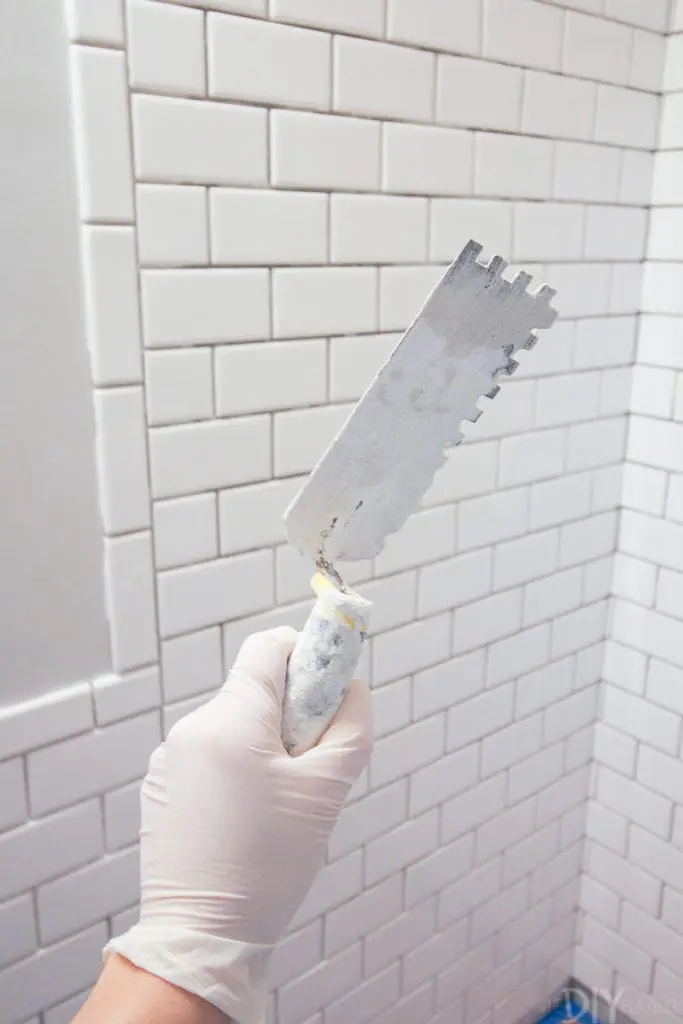Mar 20 2019 the 2011 tile industry standards define the minimum bond layer thickness to be 3 32 after beat in but the maximum thickness has more to do with the manufacturer of the thinset mortar you are using.
Thinset thickness for large wall tile.
At this point the thickness of the thinset on the wall must be thicker than the tiles.
Thinset tile mortar has a smooth slippery consistency similar to mud.
Thinset is a mortar that is made of portland cement silica sand and moisture retaining agents.
Non slump formula allows for easier medium bed installation up to 3 4 in thick of large floor tiles.
Continue spreading the mortar and 1 apply mortar to a shower wall.
So a 3 8 u notched trowel leaves a 1 8 bed of thinset beneath the installed tile.
Spread the mixture using a notched trowel whose notch size.
It is applied to the substrate with a notched trowel.
2 spread thinset for ceramic tile.
Swipe the trowel in an arc pattern for maximum adhesion.
The tile will pick up any excess beyond the thickness of the tile.
Good adhesion for ceramic porcelain and natural stone tiles with one or more sides greater than 15 in.
3 choose a tile trowel.
Many thinsets max out at 1 4 in a single layer.
Using a u notched trowel and embedding the tile into the thinset leaves you with a bed of thinset beneath the tile a little over 1 3 the size of the trowel teeth.
For use on floors only.
A 3 8 x 3 8 trowel will leave a 3 16 bed of thinset beneath the tile.









